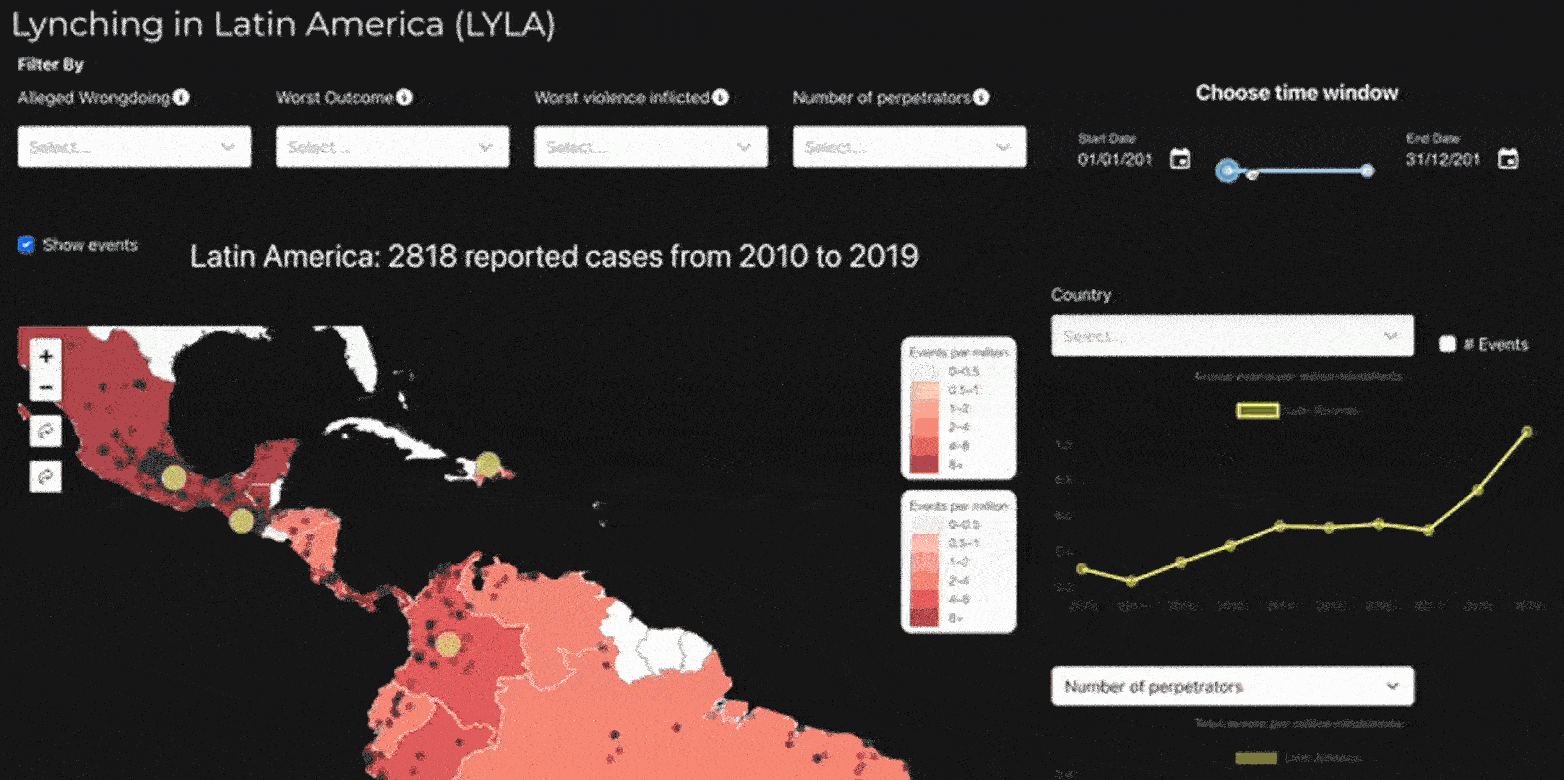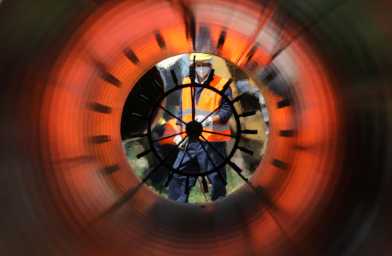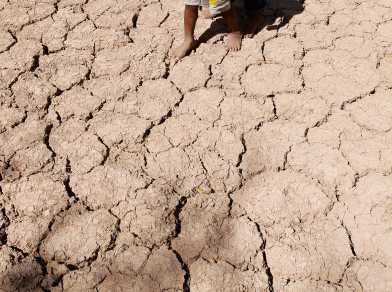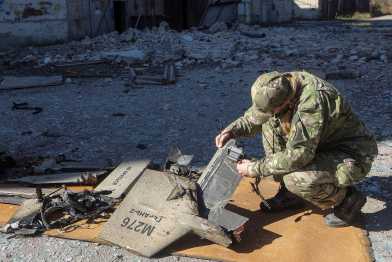12
Lynching in Latin America (LYLA) dataset

The Lynching in Latin America (LYLA) dataset has now been released. It was created by Enzo Nussio, Govinda Clayton, and a team of collaborators at the CSS and is the first cross-national lynching event dataset. The LYLA data captures 2818 reported lynching events across 18 Latin American countries from 2010 to 2019.
Russia’s Future as an Energy Power

Russia’s invasion of Ukraine has far-reaching consequences for the global energy system and for Russia itself. Sanctions and fewer Russian natural gas deliveries to Europe have disturbed the balance between supply and demand in the fossil energy market. Whereas Europe has alternatives to Russian energy, these developments are threatening Russia’s status as a global commodities power, argues Jeronim Perović in this CSS Analysis.
The Climate Change – Security Interface

Climate change is increasing the frequency and scope of security challenges. This calls for greater collaboration across formerly often siloed policy fields, as illustrated in the context of climate change adaptation by Swiss Civil Protection and Switzerland’s priorities on the UN Security Council, argue Christine Eriksen, Andrin Hauri, Joane Holliger, Simon J. A. Mason, Fabien Merz and Benno Zogg in this CSS Analysis.
The Ukraine Drone Effect on European Militaries

The war in Ukraine is the first large-scale, high-intensity military conflict in which both sides deploy different types of drones extensively and to different military effects. European countries should take note to adopt a holistic approach on drones and anti-drone defenses, argues Dominika Kunertova in this CSS Policy Perspective.
Bulletin 2022 on Swiss Security Policy

This year’s Bulletin on Swiss Security Policy starts with an interview with Federal President Ignazio Cassis. In the following five contributions, our authors address the use of drones in the military, Switzerland's security and defense policy cooperation in the shadow of the Ukraine war, Swiss priorities in its UN Security Council membership, the interconnections between peace mediation and climate protection, and the role of technology in monitoring ceasefires.